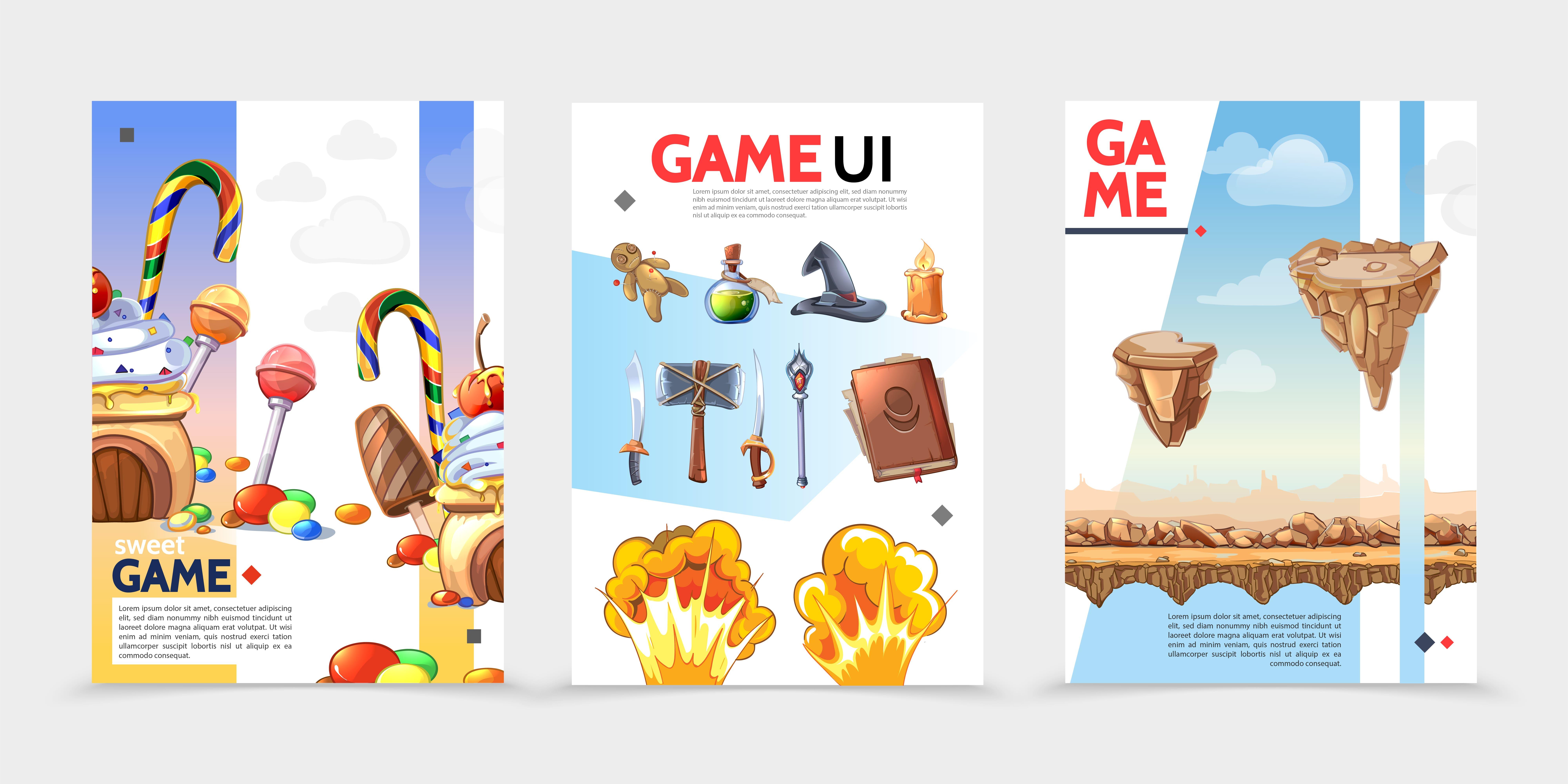In the world of game development, assets are the building blocks that bring a game to life. Whether you're crafting a thrilling adventure or a serene simulation, understanding and utilizing the right assets is key to creating an engaging experience. This guide will walk you through the different types of game assets and how they play a crucial role in game design.
What Are Game Assets?
Game assets are the various elements that make up a game. These include graphics, sounds, models, and animations. Essentially, they are all the components that players interact with or see in the game. Assets can be created from scratch or sourced from asset libraries, depending on your needs and resources.
Types of Game Assets
-
2D Assets
- Sprites: These are 2D images used to represent characters, objects, and environments in a game. Sprites are essential for games with a 2D perspective, such as platformers and top-down shooters.
- Textures: Textures are images applied to 3D models to give them color and detail. They are crucial for adding realism or style to the game's visual elements.
- UI Elements: These include buttons, icons, and menus that players interact with. Well-designed UI elements are vital for a smooth and intuitive user experience.
-
3D Assets
- Models: 3D models are digital representations of objects and characters within a game. They can be highly detailed or stylized, depending on the game's art direction.
- Animations: Animations bring 3D models to life, allowing characters and objects to move and react in realistic or stylized ways. This can range from simple movements to complex sequences.
- Environment Assets: These include buildings, terrains, and other elements that make up the game's world. Detailed environment assets help create immersive and believable game worlds.
-
Audio Assets
- Sound Effects: These are sounds triggered by actions or events in the game, such as footsteps, explosions, or ambient noises. They enhance the player's experience and immersion.
- Music: Background music sets the tone and mood of the game. It can range from calming and atmospheric to intense and dramatic, depending on the gameplay.
- Voiceovers: Voice acting adds personality to characters and can be used for dialogue, narration, and other interactive elements.
-
Special Effects
- Visual Effects (VFX): VFX include things like explosions, smoke, and magical effects. These enhance the visual impact of a game and help convey dynamic actions or events.
- Particle Effects: Particles are used to create effects like fire, rain, or dust. They add a layer of realism and visual interest to various elements within the game.
Where to Find Game Assets
- Asset Stores: Many platforms, like Unity Asset Store and Unreal Engine Marketplace, offer a wide range of assets for purchase or free download. These stores provide high-quality, ready-made assets suitable for various types of games.
- Free Asset Libraries: Websites like AssetForFree offer free game assets, including 2D sprites, 3D models, and sound effects. These resources can be a valuable asset for developers on a budget.
- Custom Creation: For unique and tailored assets, consider creating your own or hiring artists and sound designers. Custom assets allow for a personalized touch and can help your game stand out.
Tips for Using Game Assets
- Ensure Compatibility: Make sure that the assets you use are compatible with your game engine and fit seamlessly into your project.
- Optimize Performance: High-quality assets can sometimes impact game performance. Optimize your assets to ensure smooth gameplay.
- Maintain Consistency: Keep a consistent art style and audio quality throughout your game to create a cohesive experience.
- Check Licensing: Always review the licensing agreements for any assets you use to ensure you comply with usage rights.
Conclusion
Game assets are more than just visual or auditory components; they are the elements that create the world players explore and interact with. By understanding the different types of assets and where to find them, you can enhance your game's quality and provide a memorable experience for your players. Whether you're using pre-made assets or creating your own, the right assets can make all the difference in bringing your game to life.

